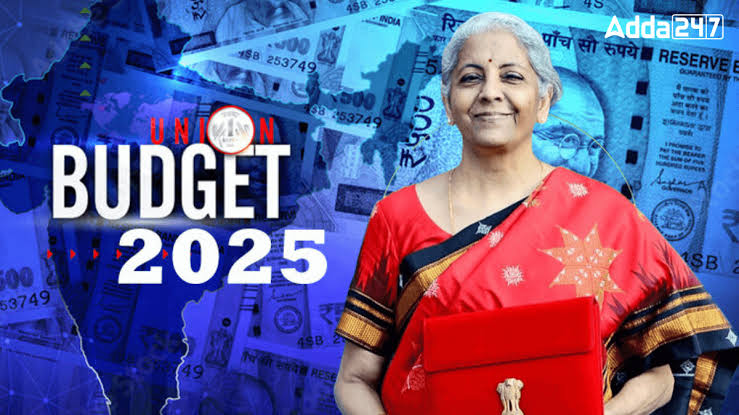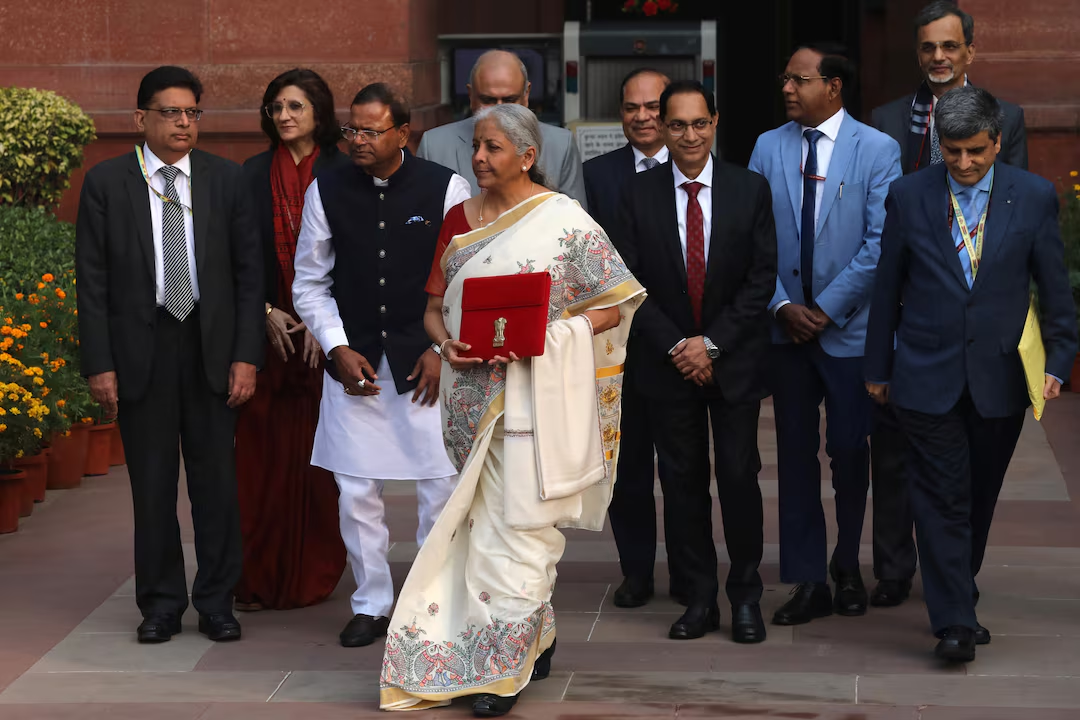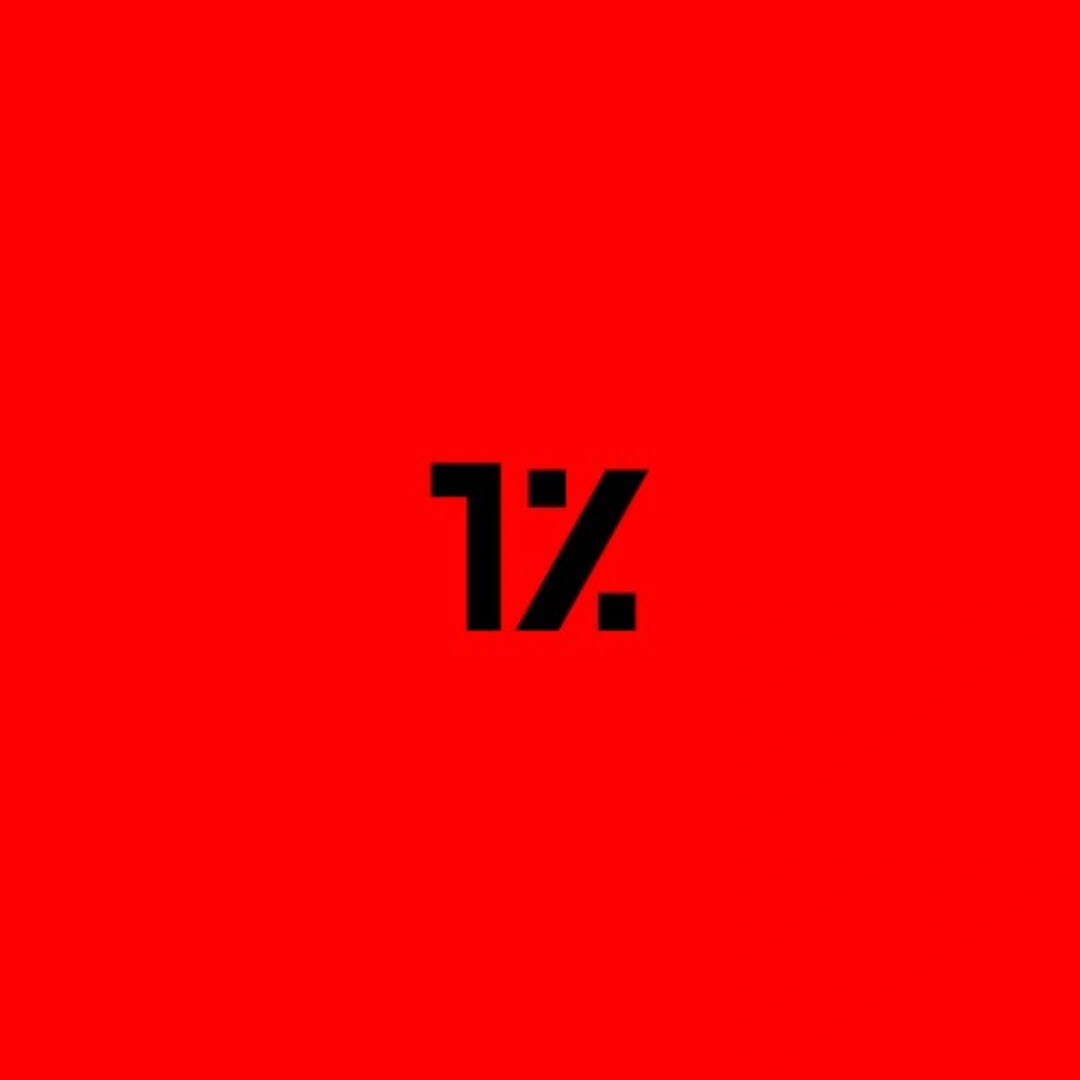Back
K Shreenathan Nedunghadi
An professional with... • 10m
The Union Budget for 2025-26, presented by Finance Minister Nirmala Sitharaman, introduces significant reforms aimed at stimulating economic growth and providing relief to the middle class. Key highlights include: Income Tax Reforms: Revised Tax Slabs: The budget proposes new income tax slabs under the 'New Income Tax Regime': Income up to ₹4 lakh: Nil ₹4 lakh to ₹8 lakh: 5% ₹8 lakh to ₹12 lakh: 10% ₹12 lakh to ₹16 lakh: 15% ₹16 lakh to ₹20 lakh: 20% ₹20 lakh to ₹24 lakh: 25% Above ₹24 lakh: 30% Additionally, individuals earning up to ₹12.75 lakh annually will not be subject to income tax, considering a standard deduction benefit of ₹75,000. livemint.com Fiscal Measures:Fiscal Deficit Reduction: The government aims to reduce the fiscal deficit to 4.4% of GDP, with plans to borrow ₹14.82 trillion through bonds to fund this deficit. reuters.com Sectoral Initiatives: Agriculture: A nationwide program for high-yielding crops will be launched, benefiting 17 million farmers. The budget also increases subsidized credit limits to support the agricultural sector. apnews.com Manufacturing and Exports: The budget emphasizes boosting manufacturing and exports, including measures to attract private investment and enhance economic inclusivity. apnews.com Clean Energy: A new fund for startups and the Nuclear Energy Mission aims to develop 100 GW of nuclear power by 2047, reflecting India's commitment to innovation and clean energy transition. apnews.com Subsidies and Social Welfare: Subsidy Allocation: The budget allocates ₹4.57 trillion for food, fertilizer, and rural employment subsidies, maintaining support for the rural economy. The Mahatma Gandhi National Rural Employment Guarantee Act (MGNREGA) continues to offer minimum-wage work for at least 100 days annually. reuters.com These measures aim to drive sustainable economic growth, support various sectors, and provide relief to the middle class, aligning with India's longer-term economic goals.
Replies (6)
More like this
Recommendations from Medial
Sameer Patel
Work and keep learni... • 1y
Financial knowledge Indian Tax slabs Income tax slabs categorize taxpayers based on their annual income, determining the applicable tax rates. Here's a breakdown: 1. Nil Tax: Annual income up to ₹2.5 lakh for individuals below 60 years. 2. 5% Tax: I
See Morefinancialnews
Founder And CEO Of F... • 10m
Budget 2025 expectations: Income tax relief buzz Speaking on the expected rationalisation of the income tax slab, Pankaj Mathpal, MD & CEO at Optima Money Managers, listed out the possible income tax slab for the new income tax regime, which may bri
See MoreSairaj Kadam
Student & Financial ... • 1y
After a long time. Back to Reality: The Budget's Hidden Cost "Hidden Costs of the New Tax Regime" Everyone's talking about the lower tax slabs in the new income tax regime. But has anyone considered the long-term implications? By drastically redu
See More
Prem Siddhapura
Unicorn is coming so... • 1y
**Tax Revenue Hits Record Highs** 📈 The government’s net direct tax collection, post-refunds, surged 15.4% to ₹12.3 lakh crore between April and November 10, 2024. Gross collections also saw a robust 21.2% increase, reaching ₹15.02 lakh crore. 💰
See MoreTarun Suthar
•
The Institute of Chartered Accountants of India • 10m
You still have to pay taxes if your income is below 12Lakhs.💀 Let’s talk about a crucial detail in the recent Indian Union Budget that many people are overlooking. If you’re already aware, great! But if not, this is essential to know—otherwise, you
See More
Muttu Havalagi
🎥-🎵-🏏-⚽ "You'll N... • 10m
India's Budget 2025-26: Sectoral Impacts Finance Minister Nirmala Sitharaman presented the annual budget focusing on increasing middle-class spending, promoting inclusive development, and encouraging private investment. Consumer goods and automaker
See More
Download the medial app to read full posts, comements and news.








































